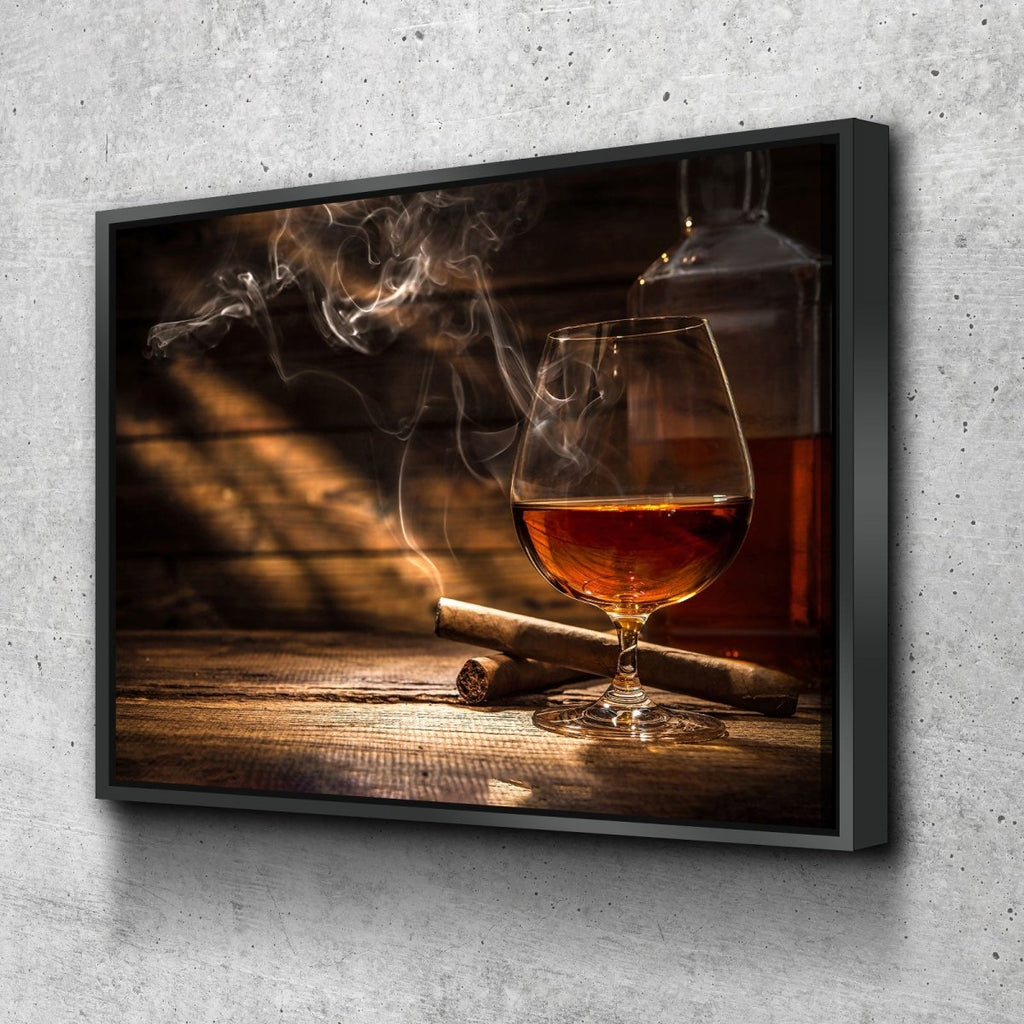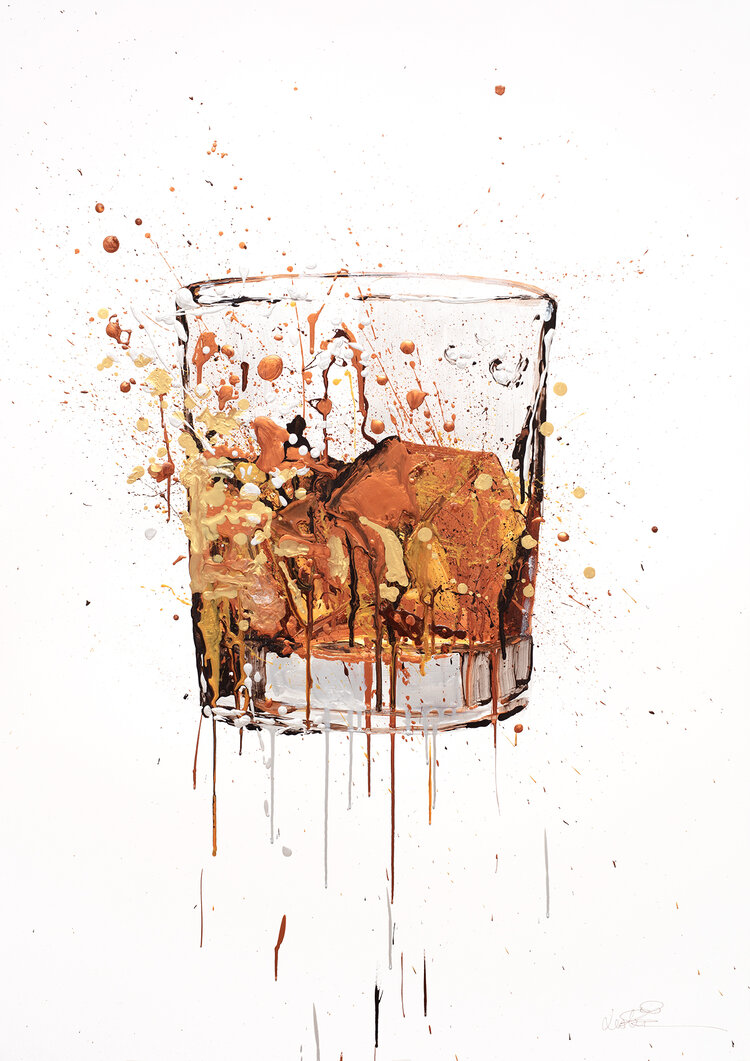Change Your Room with Magnificent Whiskey Art Inspired by Nature
Change Your Room with Magnificent Whiskey Art Inspired by Nature
Blog Article
The Relevance of Whiskey Art in Celebrating Heritage and Craftsmanship in the Beverage Sector
The detailed relationship in between scotch art and the event of heritage and workmanship within the drink market can not be overemphasized. With thoughtfully developed bottles and tags, scotch brands encapsulate their historical origins and the artisanal abilities that define their production techniques. This artistic measurement not only enhances market allure however likewise acts as a channel for cultural narration, cultivating a much deeper link between the customer and the craft. As we explore the various elements of this subject, interesting inquiries concerning the effect of contemporary patterns on conventional techniques arise, prompting further examination.
The Historical Origins of Whiskey
At the heart of scotch's allure lies an abundant tapestry of historic roots that trace back to old human beings. The origins of whiskey can be connected to the distillation methods of the Sumerians and Babylonians around 2000 BCE, where early types of fermented grain drinks began to arise. It was in the Center Ages that the art of distillation progressed significantly, especially in Ireland and Scotland, leading to the production of bourbon as we recognize it today.
The term "whiskey" itself stems from the Gaelic word "uisce beatha," suggesting "water of life." This expression underscores the cultural relevance of bourbon in Celtic cultures, where it was frequently related to routines, parties, and communal bonding. By the 15th century, distillation ended up being an identified craft within reclusive communities, paving the method for the facility of lawful distilleries.
As trade courses increased, whiskey's popularity grew, transcending regional boundaries and catching the interest of lovers worldwide. Realism Art. This historic trip mirrors not just the workmanship behind bourbon manufacturing yet additionally its essential function in social and cultural contexts, marking it as a considerable beverage throughout history
Artistic Expression in Branding
Whiskey branding stands as a compelling intersection of artistry and commerce, where aesthetic identification plays an essential function in shaping consumer perception. The looks of scotch labels, product packaging, and advertising and marketing products mirror not just the brand name's story yet additionally its core values and heritage. With artistic expression, distilleries share a narrative that reverberates with consumers, stimulating feelings and triggering links.
Using shade, typography, and imagery in branding serves to set apart items in a saturated market. Conventional motifs might stimulate a sense of credibility and craftsmanship, while modern-day styles can signify technology and forward-thinking. This tactical imaginative direction improves brand acknowledgment and commitment, enabling customers to forge an individual relationship with the scotch they pick.
Furthermore, imaginative expression in branding commonly works as an event of local heritage. Distilleries frequently integrate neighborhood symbols or historic referrals right into their styles, producing a local color that welcomes customers to engage in a more comprehensive social experience. Inevitably, the virtuosity behind whiskey branding not only boosts aesthetic appeal however additionally improves the overall narrative of the brand name, cultivating a deeper recognition for the workmanship and heritage ingrained in each container.
Craftsmanship in Bottle Style
The creativity noticeable in bourbon branding extends past aesthetic identification to encompass the craftsmanship involved in bottle style. Each container functions as a vessel not simply for the spirit within, yet additionally for the story it tells regarding its quality, beginning, and practice. The layout procedure calls for precise interest to detail, as elements such as shape, material, and closure contribute dramatically to the total understanding of the scotch.
Craftsmanship in bottle layout entails choosing top notch glass that can boost the bourbon's shade and quality, while also giving a tactile experience for the customer. The shape of the container must be both functional and aesthetically appealing, often mirroring the heritage of the brand name. Lots of distilleries opt for unique shapes or embossed logos that evoke a feeling of authenticity and history.
In addition, the label layout and typography play a crucial duty in interacting the brand's story. Whiskey Art. A well-crafted container not only captivates the customer's eye but additionally strengthens the brand's commitment to high quality and tradition. This way, the craftsmanship of container design comes to be an important facet of the scotch experience, merging artistry with an extensive respect for heritage
Cultural Importance of Whiskey Art
Commemorating tradition and craftsmanship, the social relevance of bourbon art transcends mere appearances, intertwining with the historical and social stories of the regions where it originates. Each bottle functions as a canvas, portraying the one-of-a-kind stories, folklore, and practices that have actually shaped regional whiskey-making techniques. The elaborate designs usually mirror the heritage of the distillers, integrating symbols and themes that reverberate with the society and values of their neighborhoods.

Furthermore, bourbon art plays a crucial duty in common gatherings and events, functioning as a concrete web link between individuals and their shared experiences. By appreciating the creativity in whiskey packaging, customers cultivate a much deeper understanding and regard for the craft, eventually improving their pleasure of the drink itself.
Modern Trends in Whiskey Presentation
Recently, the presentation of scotch has actually developed to reflect contemporary tastes and trends while still honoring standard craftsmanship - Whiskey Art. Distilleries are increasingly concentrating on visual components that improve the total drinking experience, bridging the space in between heritage and modernity
Innovative container designs have arised, often integrating sustainable materials and creative tags that inform compelling stories. Numerous brand names currently team up with neighborhood artists, infusing their items with one-of-a-kind aesthetic expressions that resonate with consumers. Additionally, limited-edition releases are typically packaged in collectible containers, including worth and allure for aficionados.

Conclusion
In conclusion, whiskey art serves as a vital conduit for expressing the heritage and workmanship inherent in the drink market. Via complex branding, cutting-edge bottle designs, and culturally considerable creative aspects, bourbon brand names effectively recognize their practices and attach with customers.


Workmanship in container style involves selecting high-quality glass that can boost the bourbon's shade and clearness, while likewise offering a tactile experience for the customer. In this means, the craftsmanship of bottle layout comes to be a crucial aspect of the whiskey experience, combining creativity with a profound regard for heritage.
In final thought, whiskey art visit here offers as a vital channel for expressing the heritage and craftsmanship integral in the beverage industry.
Report this page